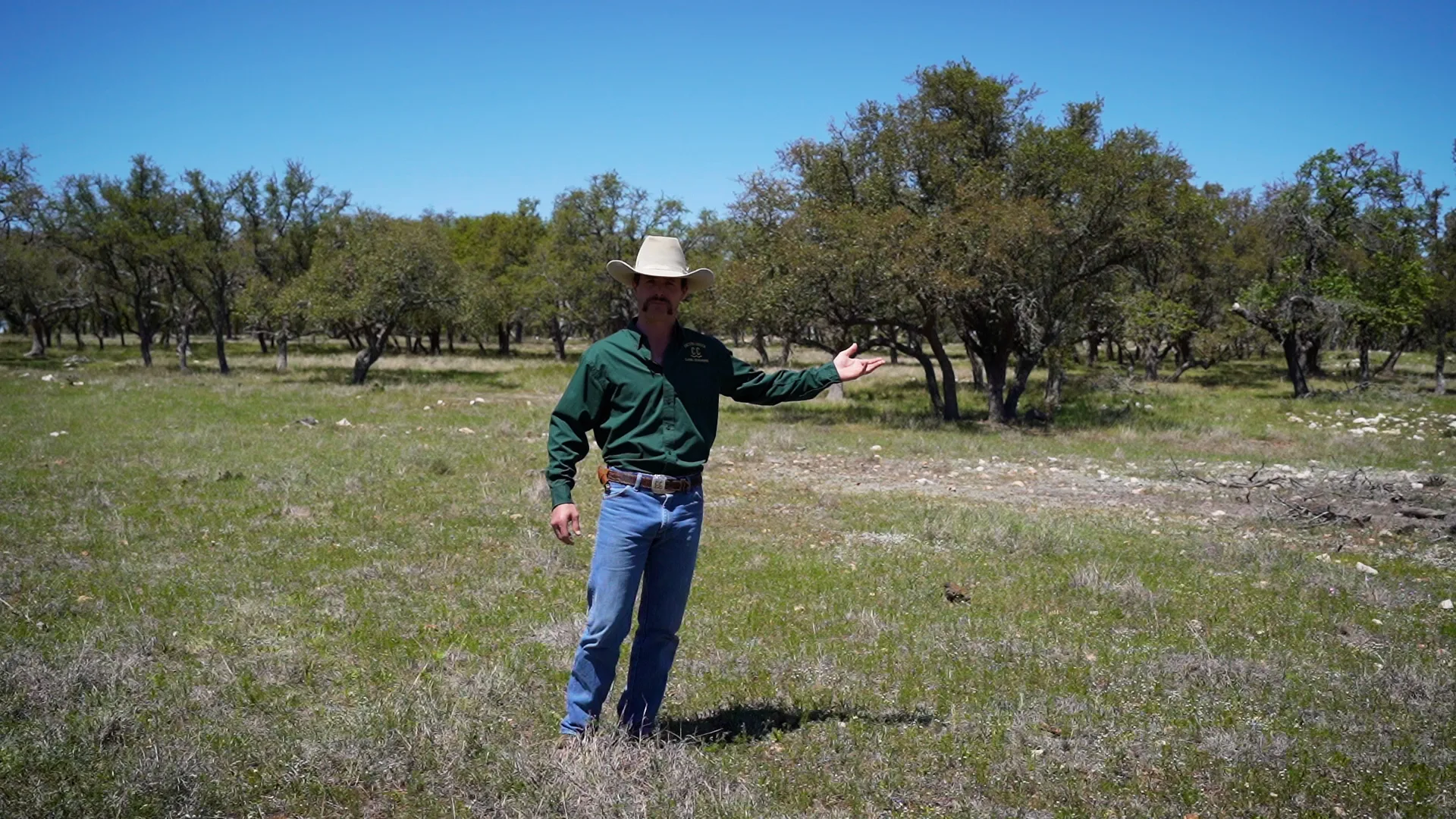[Guide Series] Part 4: Environmental Impact and Best Land Clearing Practices

For some types of clearing projects, itʼs important to be aware of the ripple effects that clearing your property can have. After all, what good is a hundred-acre hunting ranch if there is not a single animal on it? Or a fifty-acre new crop field with nothing to harvest?
Bear in mind that cedar mulching is by far the best approach to land clearing when it comes to impact on the environment. Traditional land clearingʼs push-it-over and pile-it-up approach isnʼt terrible, but it does take a little extra thought to maintain the current balance.
5 Reasons Why Forestry Mulching & Cedar Mulching is
Better for the Environment
Cedar mulching to clear your land might be the way to go if preserving the natural balance is a high priority for you. The reasons include:
- Selective Clearing: Forestry mulching targets specific cedar and brush, leaving desirable trees intact. While a bulldozer often removes everything in its path, mulching can preserve habitats for plants and animals to thrive in.
- No Soil Disturbance: Cedar mulching uses specialized equipment that has lower ground pressure to shred vegetation where it stands. The topsoil is not only not disturbed, but it is bolstered by the added mulch. In contrast, traditional land clearing usually strips topsoil and vegetation, allowing more erosion and compaction.
- Nutrient Recycling: As a cedar mulcher shreds trees and brush, it creates a nutrient-dense byproduct—mulch. That mulch remains where the vegetation had grown, enriching the local soil which promotes healthy, natural regrowth. In contrast, traditional methods often haul away or burn the piled up trees and brush, depleting the areaʼs nutrients.
- Improved Erosion Resistance: By preserving existing vegetation and adding mulch to the topsoil instead of removing it, the area is better able to withstand heavy rains without erosion or sediment runoff.
- Reduced Carbon Footprint: Forestry mulching releases less greenhouse gases than traditional clearing. Instead of burning or hauling off trees and brush, mulching doesnʼt release the carbon inside.
How Traditional Land Clearing Impacts the Environment
Clearing out large areas of land has the potential to change landscapes and ecosystems in ways that arenʼt top of mind. Potential impacts include:
- Loss of Biodiversity: Disrupting the native habitats may destroy different species homes and food sources, making it harder to thrive. Animals instinctively move out of an area when survival becomes questionable.
- Soil Erosion and Degradation: The removal of cedar, brush, and other woody plants exposes soil which leads to increased erosion by wind and water. This process decreases the amount of nutrients available which can knock down repopulation rates.
- Impact on Water Quality: Erosion can also hurt the quality of water in our rivers and streams when heavy rains cause runoff. That can pose risks to the plants and animals that live in and around water resources.
Strategies to Minimize Ecological Impact of Traditional Clearing
There are several ways to minimize the impact that clearing your property may cause. These strategies are:
- Choose Cedar Mulching: Mulching cedar avoids many, if not all, of the negative impacts that traditional land clearing causes on the environment by not removing topsoil, keeping nutrients in the area, improving resistance to erosion, and targeting specific brush.
- Selective Clearing: Focus on removing only necessary trees and brush to preserve wildlife habitats and protect the nutrient balance in the local ecosystems.
- Restoration: After your land is cleared, work done to seed and plant native trees and plants goes a long way in supporting the plants and animals living there.
A good land clearing company avoids doing the things that are really bad for the environment (and sometimes illegal), such as dumping old oil or fuel on the ground or in a pit, but the different approaches aren’t always available or best suited for a land clearing project or within the budget. If cedar mulching is compatible with your project, we suggest you go that route but our primary recommendation is to find a reputable land clearing company near you—regardless of their approach.
By now you should be able to have a grasp of land clearing, the different approaches, and a few ways of finding a good land clearing company near you. Read on to Part 5 of this Guide Series to figure out what you should expect before the project as well as after it’s done.
